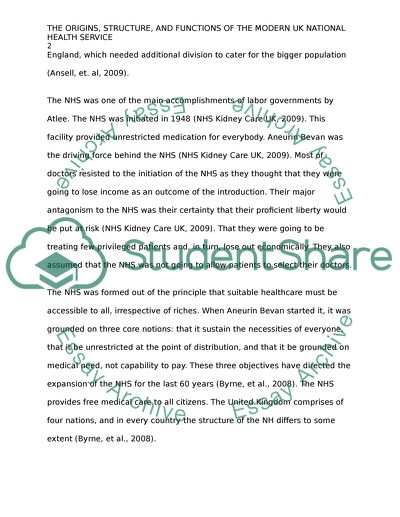Cite this document
(“The Origins, Structure, And Functions of the Modern UK National Health Essay”, n.d.)
The Origins, Structure, And Functions of the Modern UK National Health Essay. Retrieved from https://studentshare.org/health-sciences-medicine/1474176-the-origins-structure-and-functions-of-the-modern-uk-national-health-service
The Origins, Structure, And Functions of the Modern UK National Health Essay. Retrieved from https://studentshare.org/health-sciences-medicine/1474176-the-origins-structure-and-functions-of-the-modern-uk-national-health-service
(The Origins, Structure, And Functions of the Modern UK National Health Essay)
The Origins, Structure, And Functions of the Modern UK National Health Essay. https://studentshare.org/health-sciences-medicine/1474176-the-origins-structure-and-functions-of-the-modern-uk-national-health-service.
The Origins, Structure, And Functions of the Modern UK National Health Essay. https://studentshare.org/health-sciences-medicine/1474176-the-origins-structure-and-functions-of-the-modern-uk-national-health-service.
“The Origins, Structure, And Functions of the Modern UK National Health Essay”, n.d. https://studentshare.org/health-sciences-medicine/1474176-the-origins-structure-and-functions-of-the-modern-uk-national-health-service.


